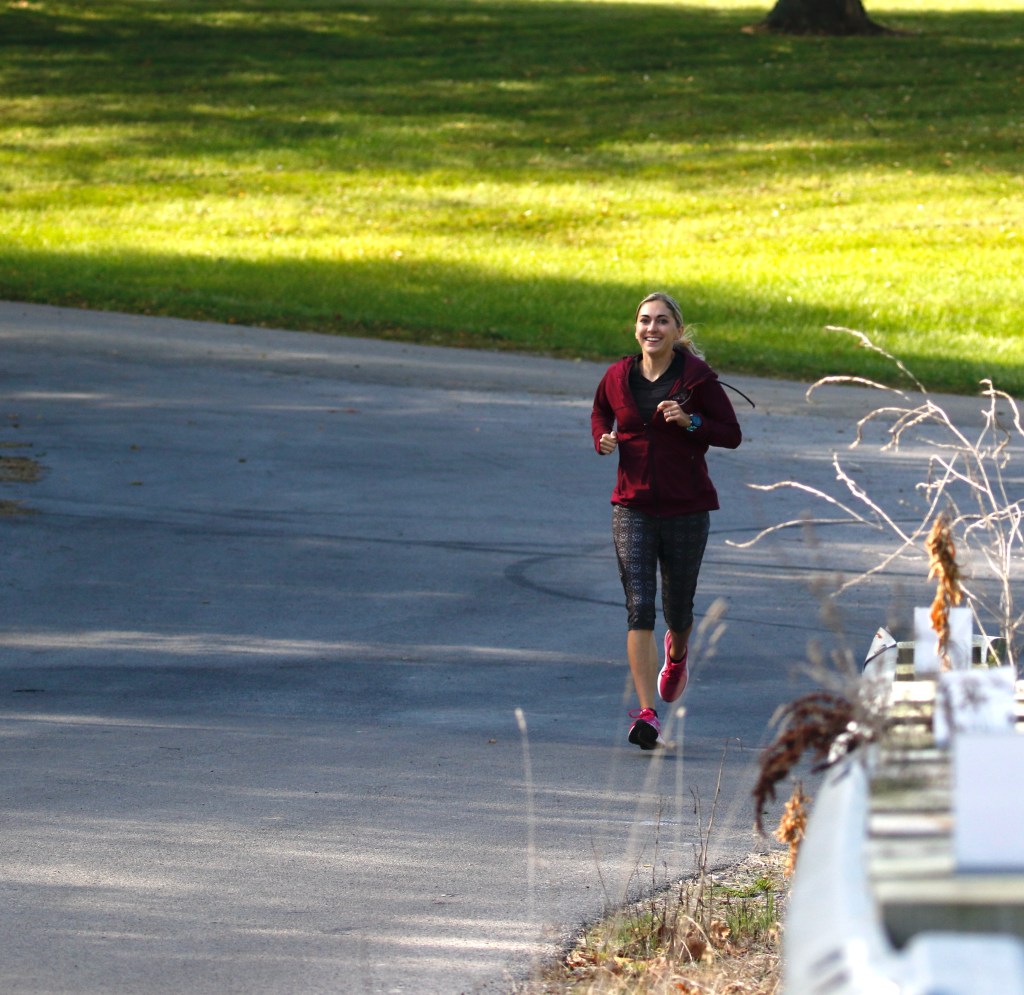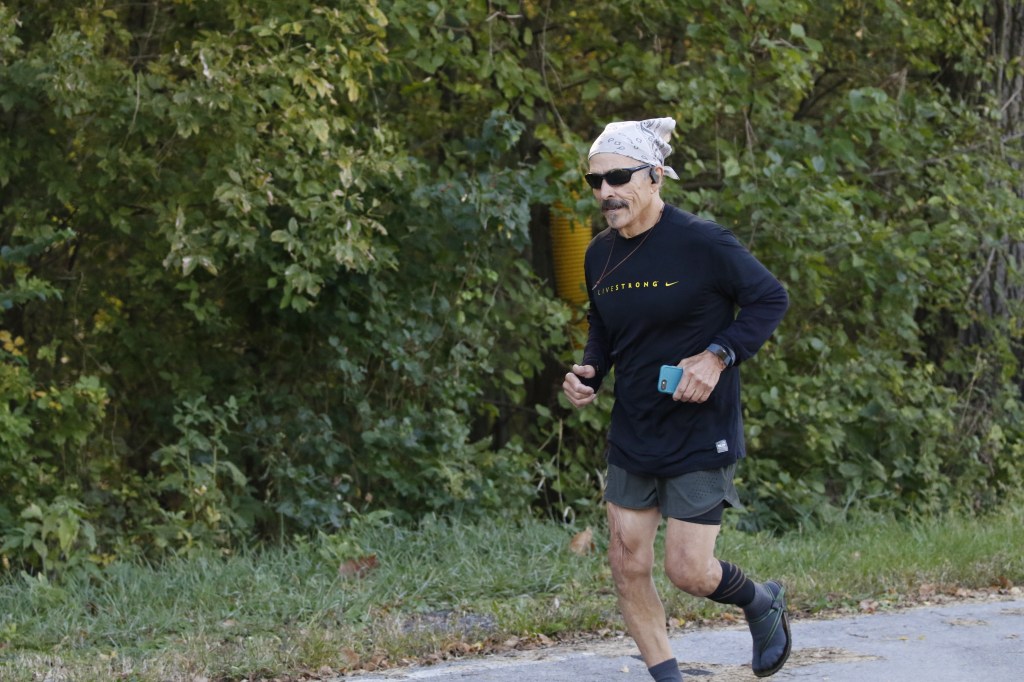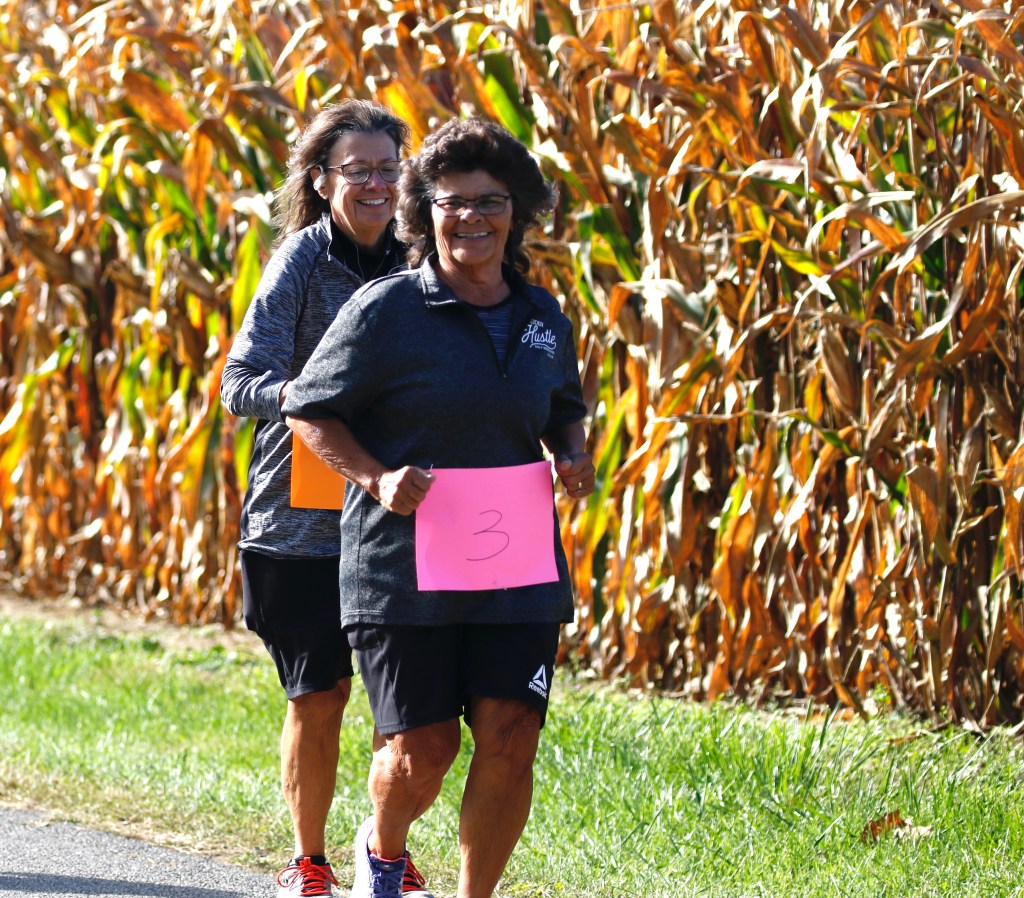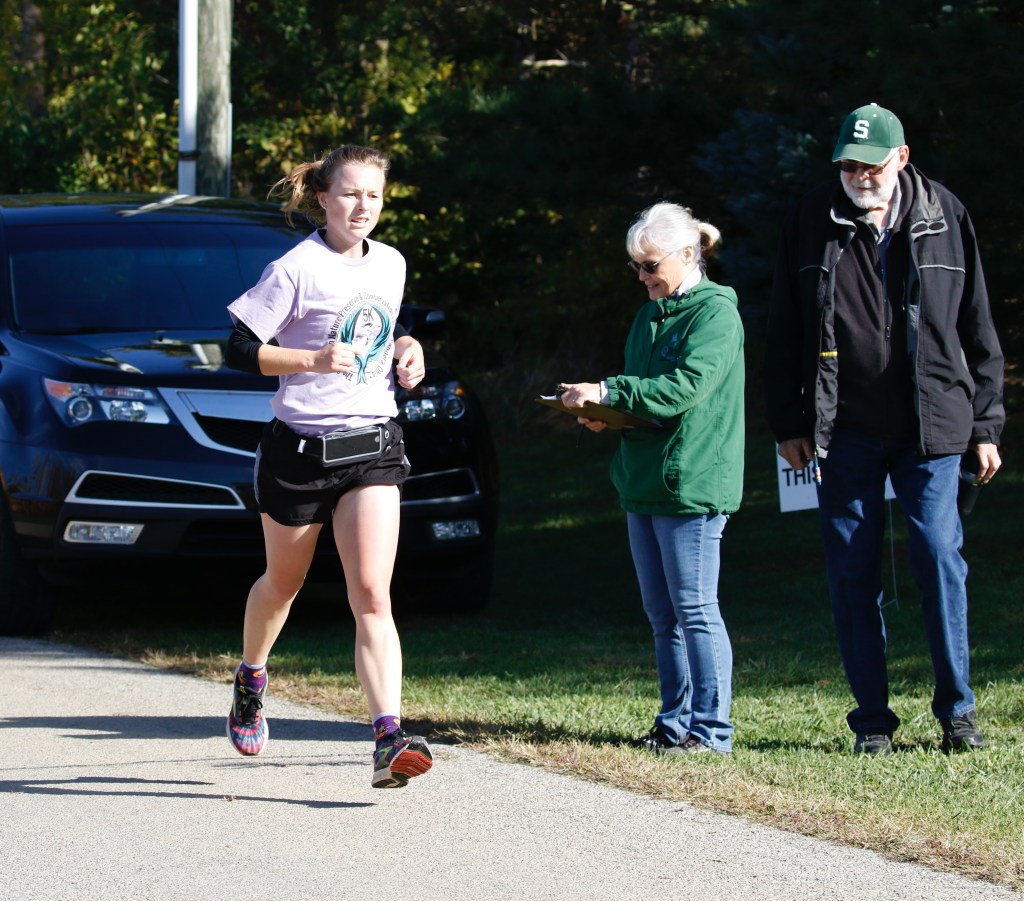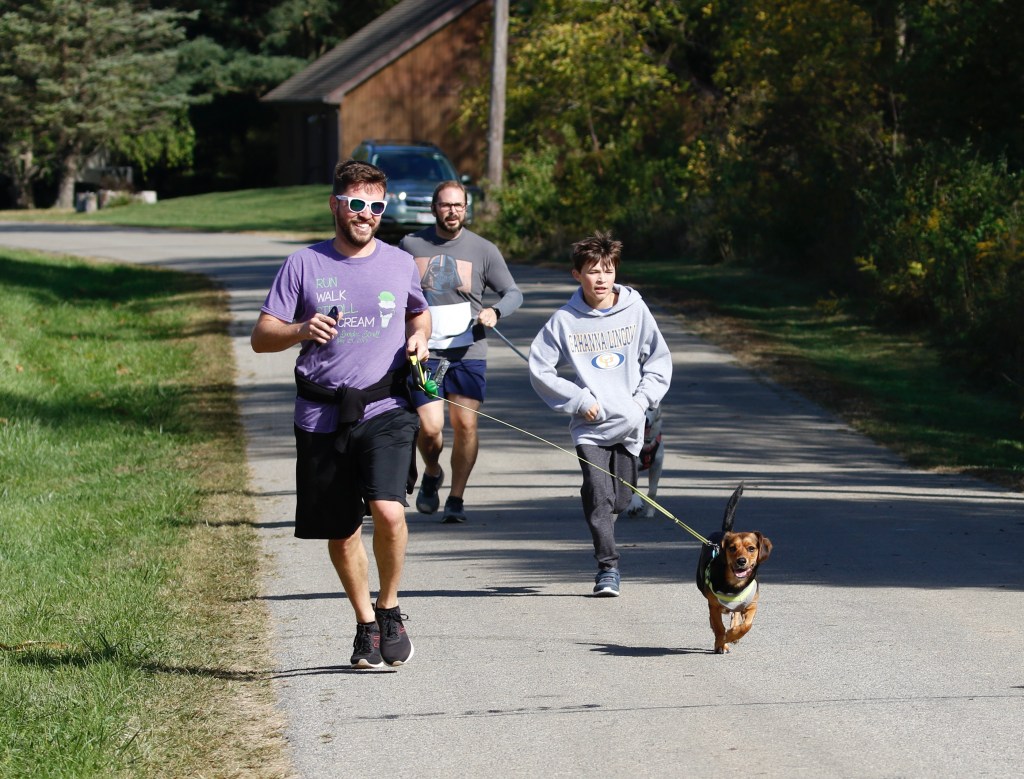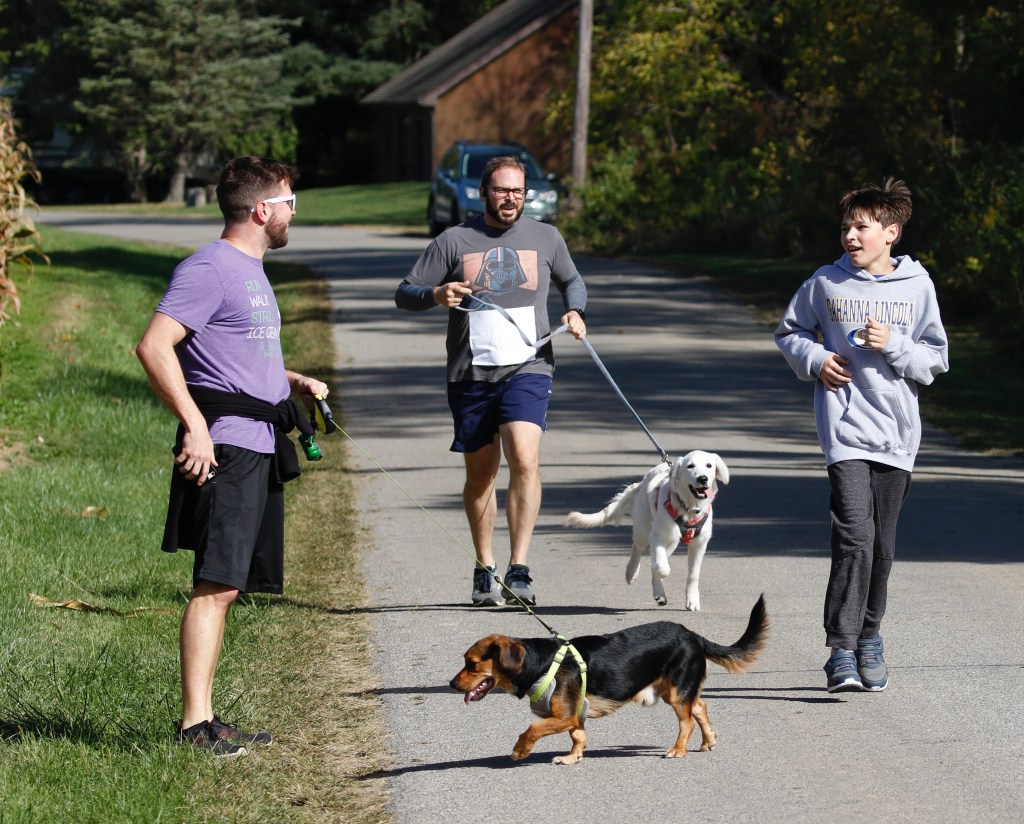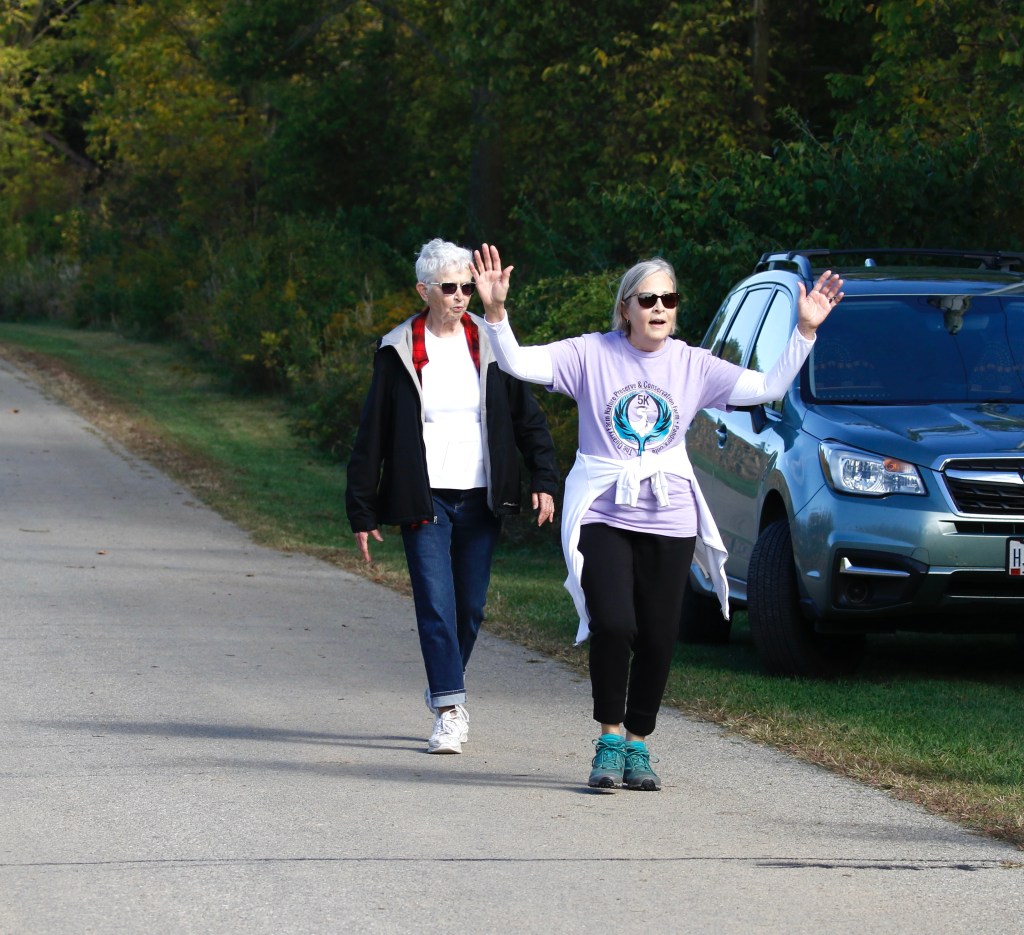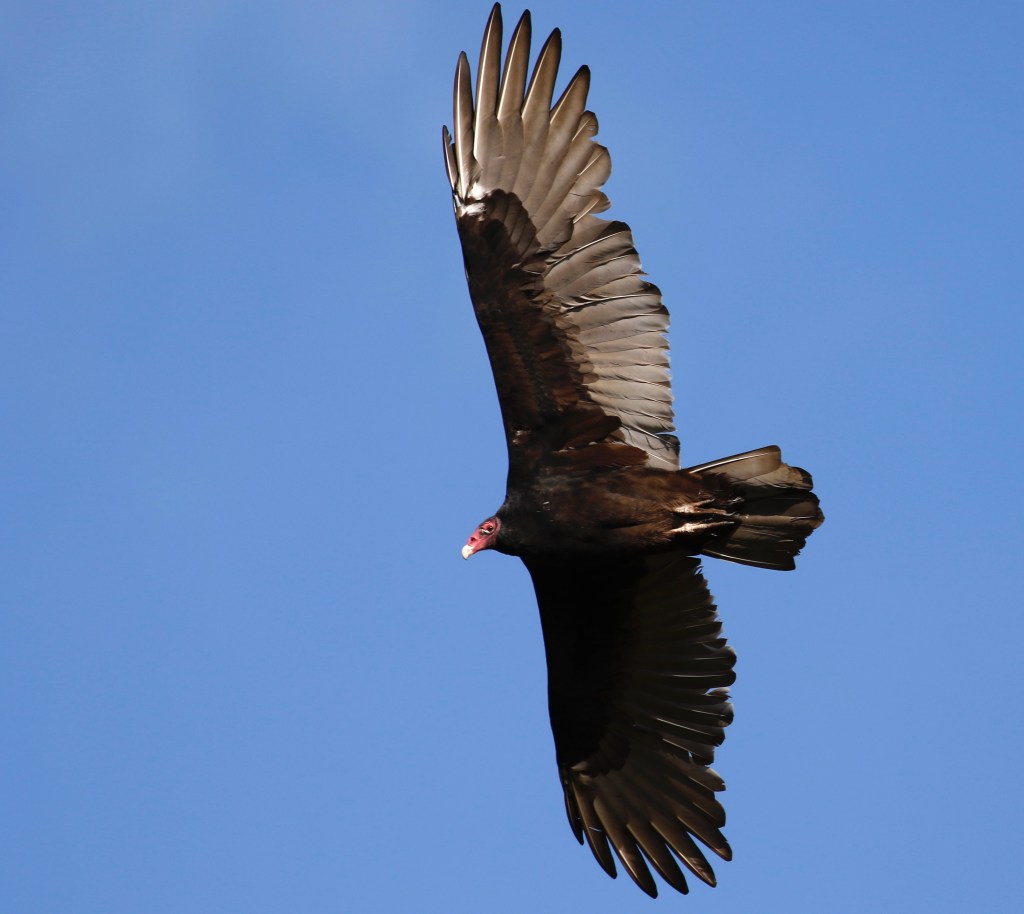 One of the primary goals at The Quarry Farm is to increase understanding, to educate. Sure, we provide sanctuary to animals in need, have established a preserve for the area’s wildlife and offer folks the chance to just kick their shoes off and relax. But, during every interaction that takes place in the name of The Quarry Farm, the primary goal is to provide, and learn, new insights. Arguably, the topic that gets the most attention is water quality. We have a number of programs that we present on the subject, everything from simple, on-site discussions of the various aquatic habitats that help make up The Quarry Farm, to Small Streams, a project that allows us to set up aquatic microhabitats in schools and community centers. During any presentation on streams and rivers, the question that invariably gets asked of us, and that we in turn ask of visitors or classrooms, is this: What’s the biggest pollution problem facing the waterways in rural Ohio?
One of the primary goals at The Quarry Farm is to increase understanding, to educate. Sure, we provide sanctuary to animals in need, have established a preserve for the area’s wildlife and offer folks the chance to just kick their shoes off and relax. But, during every interaction that takes place in the name of The Quarry Farm, the primary goal is to provide, and learn, new insights. Arguably, the topic that gets the most attention is water quality. We have a number of programs that we present on the subject, everything from simple, on-site discussions of the various aquatic habitats that help make up The Quarry Farm, to Small Streams, a project that allows us to set up aquatic microhabitats in schools and community centers. During any presentation on streams and rivers, the question that invariably gets asked of us, and that we in turn ask of visitors or classrooms, is this: What’s the biggest pollution problem facing the waterways in rural Ohio?
The responses to that question nearly always include garbage, oil (or some other petroleum product), manure, chemicals, litter and, inevitably, dirt. The correct answer is included in that list and it’s having a profound effect on everything, from the Great Lakes to the shortest of creeks, like roughly five-mile long Cranberry Run, a stretch of which runs through The Quarry Farm.
In the 1950s, and again in the ‘80s, Cranberry Run was channelized, engineered by officials in Putnam and Allen Counties so as to more quickly move water north and ease local flooding concerns. The stream bottom was dredged and the tops of the banks widened; a latitudinal cross-section of the resulting waterway would resemble a wide-mouthed “V”. Cranberry Run was also “straightened”: oxbows were bypassed, as were any extreme serpentine meanders. Anything that could possibly impede the free flow of water was eradicated, including trees and bushes that grew along the banks. What was once a historic waterway, a vibrant habitat for a host of aquatic animals and the myriad species of birds and mammals that depended on them, was reduced to what locals dismissively referred to as “Smith Ditch.”
 In the late ‘80s and early ‘90s, Gerald and Laura Coburn, after years of civil protest, negotiated an agreement with the counties that would allow Cranberry Run, or at least that portion of the stream that ran through their property, to reacquire a more natural presence. Within the first decade, the four natural stages of a waterway – riffle, run, pool, glide – reestablished themselves. Trees rooted on the bank, grew and began to provide shade, cooling the passing water and creating a more hospitable environment for all manner of aquatic insects and fish. Today, Cranberry Run snakes its way for approximately one-half of a mile through The Quarry Farm. The meanders in the stream bed slow the water flowing through here enough that sedimentation occurs and, on most days, the “Little Cranberry,” as it is affectionately known, runs so clear that visitors can’t help but comment on its clarity.
In the late ‘80s and early ‘90s, Gerald and Laura Coburn, after years of civil protest, negotiated an agreement with the counties that would allow Cranberry Run, or at least that portion of the stream that ran through their property, to reacquire a more natural presence. Within the first decade, the four natural stages of a waterway – riffle, run, pool, glide – reestablished themselves. Trees rooted on the bank, grew and began to provide shade, cooling the passing water and creating a more hospitable environment for all manner of aquatic insects and fish. Today, Cranberry Run snakes its way for approximately one-half of a mile through The Quarry Farm. The meanders in the stream bed slow the water flowing through here enough that sedimentation occurs and, on most days, the “Little Cranberry,” as it is affectionately known, runs so clear that visitors can’t help but comment on its clarity.

Cranberry Run as it approaches its terminus, Riley Creek.
And that, returning to the question of “what’s the biggest contaminant,” should help provide the answer: dirt. Dirt is our greatest concern and the biggest problem facing all of the animals that live in the water, from insects to mollusks to fish. Not only does dirt, suspended in solution, absorb the sun’s rays and increase water temperatures to dangerous levels for the animals that live there, but it carries with it chemicals bonded at the molecular level and creates an environment in which aquatic organisms find it increasingly difficult to breathe. Imagine standing downwind in the smoke of a brush fire, not for a minute or for an hour or for a day, but perpetually, forever. For gilled animals living in highly turbid water, they may as well live in the smoke generated by an eternal tire fire.

Pictured above and below is the point at which Cranberry Run enters Riley Creek. Efforts made within the boundaries of The Quarry Farm, and upstream by like-minded neighbors, have nearly erased the sediment load in the waters of Cranberry Run.

At left is Riley Creek as it flows northwest to the Blanchard River; the clear water to the right flows from Cranberry Run as it meets and enters Riley Creek.
Efforts on the part of private individuals and organizations, and through governmental programs sponsored by state and federal agriculture departments, are beginning to have an effect. Public awareness of the issues is critical in creating healthy environments in which all forms of life can prosper.




